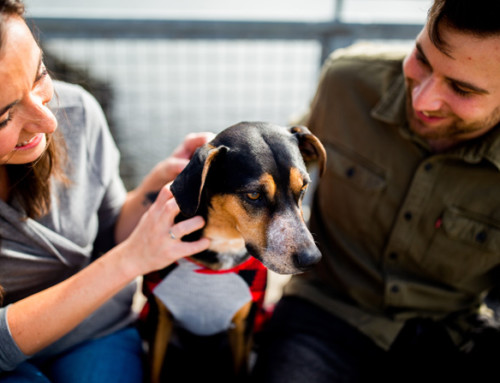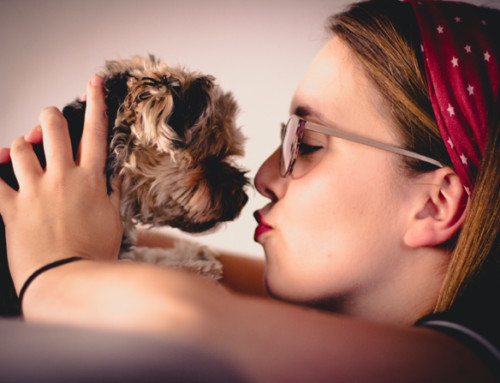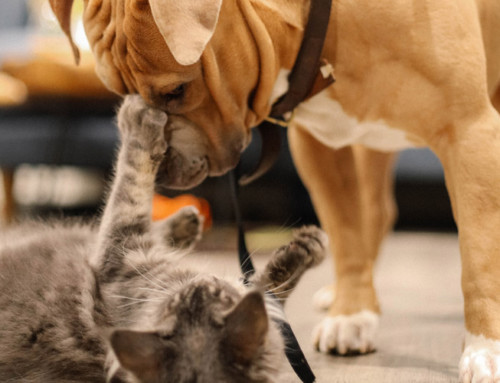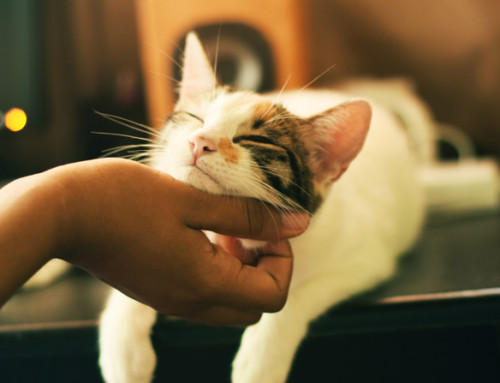Australia is one of the countries with the highest number of pets per capita in the world. In fact, there are more pets in the country than there are humans and a majority of households own at least one pet. Despite the high percent of pet ownership in Australia it is estimated that less than a third of the country’s pet population are insured for veterinary care.
While value for money and price are cited by many as the main reasons for not taking out pet insurance, studies show that pet owners are spending more money for veterinary care than ever. Awareness, according to the report by Animal Medicines Australia is not the reason as only 1% of dog and 3% of cat owners are unaware of pet insurance.
Key reasons cited by owners for not purchasing insurance were that they do not see the value (47% of dog owners, 48% of cat owners) or that it’s too expensive (43%, 42% respectively), followed by not having investigated or thought about insurance (18%, 16%).
So why is it that pet owners would rather spend more on veterinary bills than what it would cost them to get their pets insured?
The benefits of pet insurance are not felt unless there is a medical need for your pet – and of course (if you are lucky!) this may not happen every year. However, pet owners agree that when the time comes that there is a medical emergency– be it as a result of an accident or because of an illness, more often than not a pet owner is faced with a decision of either giving their furry friends the medical attention they need or prioritising their finances – which can be mean a very poor outcome for the pet, and sad outcome for the owners.
With pet insurance in place, pet owners may no longer need to decide between money or their pet’s health. Pet owners with Petsecure Pet Insurance can get back up to 85 percent of their veterinary bills and have the appropriate medical attention given to their beloved pets.
But not all pet insurance companies are made the same: there are different policies, premiums and terms to consider. That is the reason pet owners are always advised to compare pet insurance and learn as much as possible before selecting a pet insurer.
In a nutshell
Pet ownership is a very personal thing and so is pet health insurance. Each pet owner is looking for specific things to cater to the needs of their pets.
To find the best pet insurance in Australia, a pet owner must identify first and foremost what they need and familiarize themselves with certain terms and policies as well as what different insurance companies can offer them.
Pet insurance is not the same as human health insurance, but there are similarities, and unfortunately sometimes it’s the things that are different that can be confusing.
Pet insurance generally pays in part, the cost of defined medical treatments that are undertaken by a qualified Australian vet, for your dog or cat. The majority of Australian pet insurance companies do not cover exotic or farm animals, although specialist cover for horses is available.
Pet owners can customise their plan based on their preferences. It could be either insurance that covers accidents only, illness and accidents or add on optional wellness care for routine check ups, vaccination or the like. At the same time they can have a choice of benefit percentages that are paid out, and whether or not they want to have a plan with excess (co-payment) payments. Naturally if you choose a policy that pays lower benefits, and/or includes co-payment the premium is likely to be less than a policy with high benefits and no co-payments!
Pet insurance in Australia
Though pet insurance has been around for a really long time in different parts of the world, in Australia it is considered a puppy or kitten still since it has only been made available for around 15 or so years.
However, with the increase in pet ownership of the country as well as the demand for veterinary care by pet owners, and the ever expanding possibilities of treatments for pets, quite a few pet insurance companies have come on the market since then.
Pet insurance in Australia differs in certain terms and policies not only per company but also with other countries. Some words might have different meanings in Australia as it would in, say, the United Kingdom and policies would differ from country to country.
Because of that, it is important to learn about pet insurance terms and definitions that are relevant to Australian pet health insurance.
Terms Used
Note: these terms do not apply to all policies, and it is not necessarily a complete list. If you are in doubt, please speak to your pet insurer, or a pet insurance company of your choice.
Accidental Injury cover
This refers to the pet insurance cover for a percentage of the veterinary expenses incurred as a result of a particular accidental injury (generally not all accidental injuries are covered).
Accidental Injury and Illness Cover
This refers to insurance cover for veterinary expenses resulting from treatment of accidental injuries (as defined) or illnesses (as defined).
Benefit
The reimbursed money paid to the pet owner upon a successful insurance claim.
Benefit Limit
The maximum amount that is paid each year.
Benefit Percentage
The percentage of the vet bill that is paid by the insurance company for eligible claims.
Certificate of Insurance (also known as Policy Document)
A document outlining the contract of insurance between the insurance company and the pet owner. This usually includes: policy number, commencement date, cover end date, insured pet and Schedule of Benefits, including Benefit Limits.
Chronic Condition Limit
This refers to the maximum amount a insurer will pay for a pet’s chronic or recurring conditions for a lifetime. Not all policies have this limitation, but other limitations may apply to specific conditions, such as cover for tick paralysis treatment, or cruciate ligament conditions.
Claim
This is a request by the pet owner to receive reimbursement for veterinary bills or treatments made for the insured pet to the insurance company.
Commencement Date
This is the date / time when the pet health insurance cover starts.
Bilateral Condition
Conditions affecting body parts of which the pet has at least two of.
Chronic Condition
- continues indefinitely and has no known cure;
- is a Recurring condition;
- is permanent; or
- needs long-term (greater than 3 months) monitoring, consultations, check-ups, examinations or tests.
Recurring Condition
Curable condition that has a chance of relapsing
Cooling Off Period
The period where the pet owner can review the insurance policy. Any premiums paid will be refunded if you cancel your policy in this period, providing no claim has been made.
Target Market Determination (TMD)
TMD is a document that is intended to assist clients understanding why they may need a particular product or service The organisation will provide a document that includes the following information:
- Describes the Target Market: outlines the likely objectives, financial situation and needs of customers the product has been designed for.
- Establishes Distribution Conditions: details the conditions or restrictions on the sale of the product.
- Establishes Reporting Requirements: sets out the relevant information that must be provided to us by distributors at our required frequency. At a minimum, a distributor must regularly report the number of complaints it receives about the issuer’s product to the issuer, as well as report any significant dealings in the product that are inconsistent with the TMD.
The TMD is available at our Forms & Downloads page
End Date
The date upon which your policy terminates and benefits cease.
Exclusion
Circumstances that are not covered in the pet insurance policy.
PDS (Product Disclosure Statement)
Document setting out in detail the exact terms and conditions of an insurance product, including any exclusions. It is vital that you read and understand the PDS before taking out any form of insurance.
Policy Period
The time during which the insurance covers the pet as specified in the policy document. The first policy period starts on the commencement date and ends on the end date.
Pre-existing Condition
A condition or illness that happened prior to when the policy began or during any waiting period.
Premium
The amount paid for the insurance cover. Depending on the type of cover the pet owner chooses, premiums can be paid fortnightly, monthly or annually. The cost of the premiums will be dependent on the type of insurance taken out as well as the breed, age and health of the pet, and other factors.
Waiting Period
A period starting at the start of the policy during which no cover is provided for certain conditions / events.
How to compare pet insurance in Australia?
There are a number of websites that help make life easier for pet owners when it comes to comparing pet insurance. But to make it even more easier, pet owners can focus on the factors when considering pet insurance companies.
Pet insurance can seem overwhelming and even unnecessary at first look. But with enough research, pet owners will see the value and prospective savings as well as the pet insurer that best meets their particular needs. Not everyone is the same, and not everyone will want the same policy!
Apart from the possibility of getting back up to 85% in veterinary expenses, nothing will replace the freedom to choose the best health care options for pets with the peace of mind that money will be less of an issue when the time comes where the pet may need to go to the vet.
Information is current as of 9 October 2021







Leave A Comment